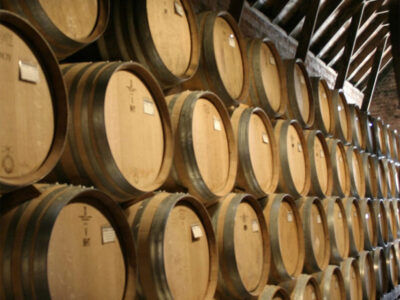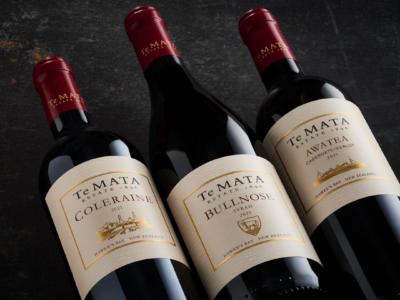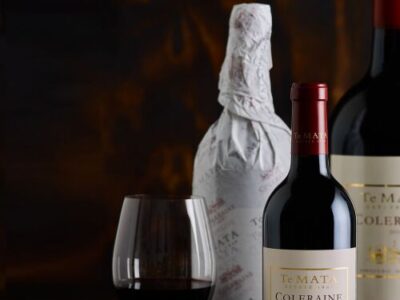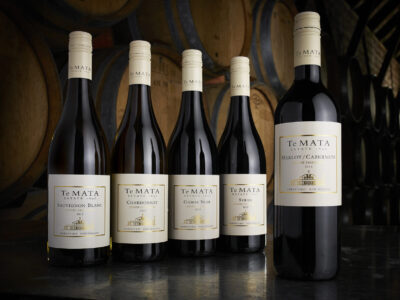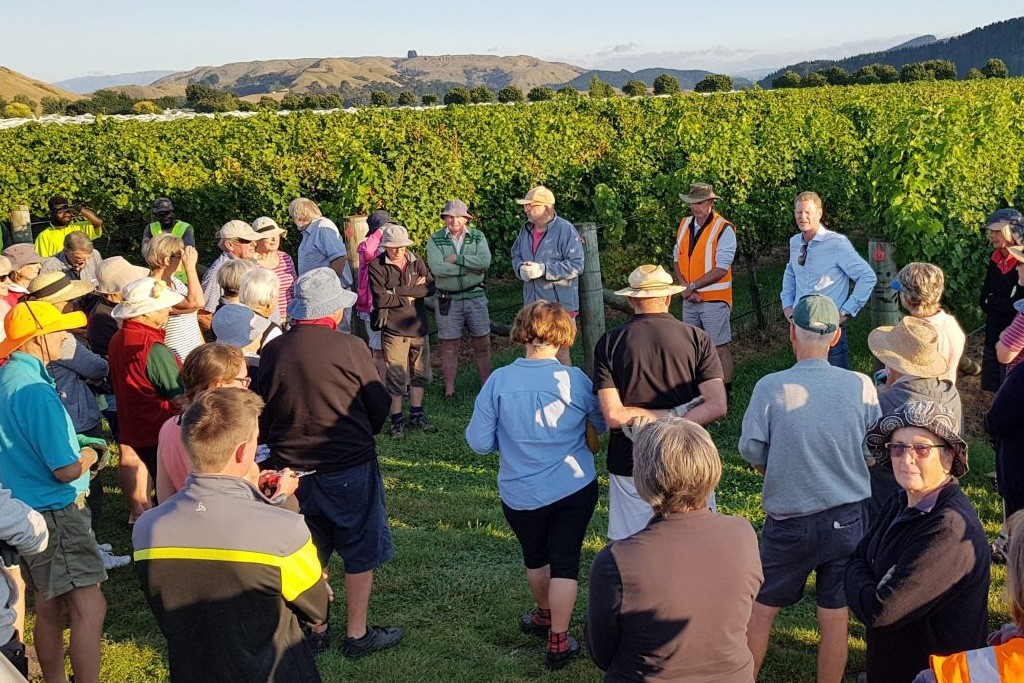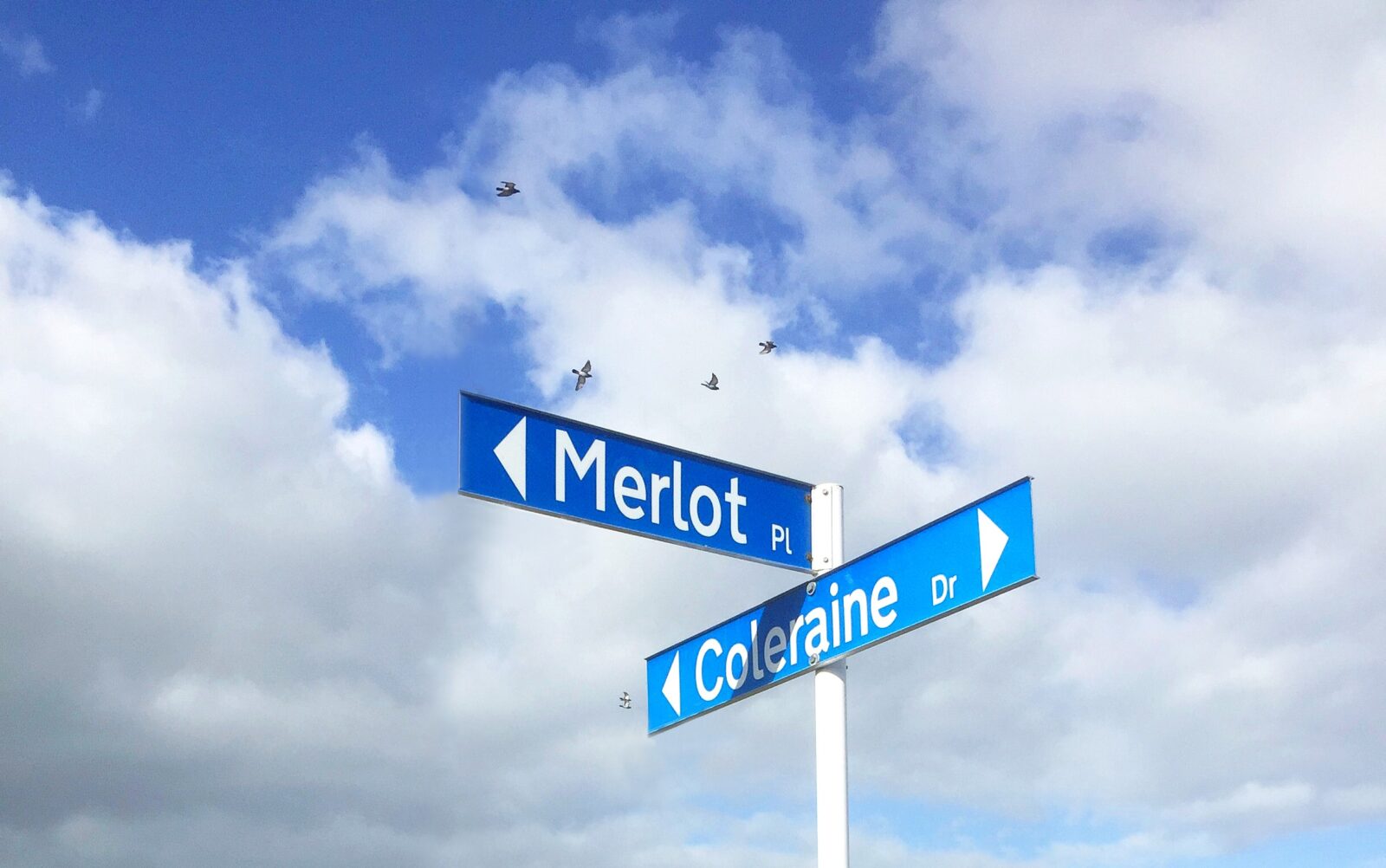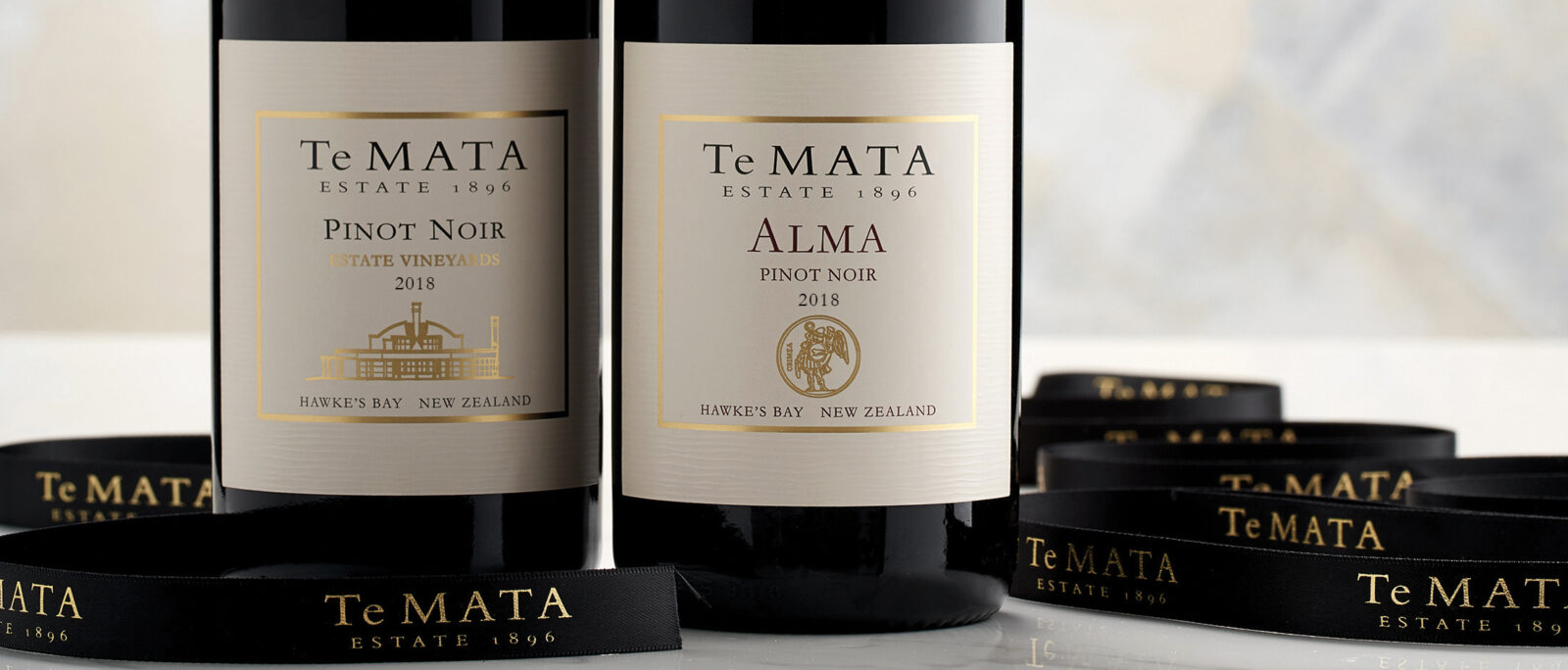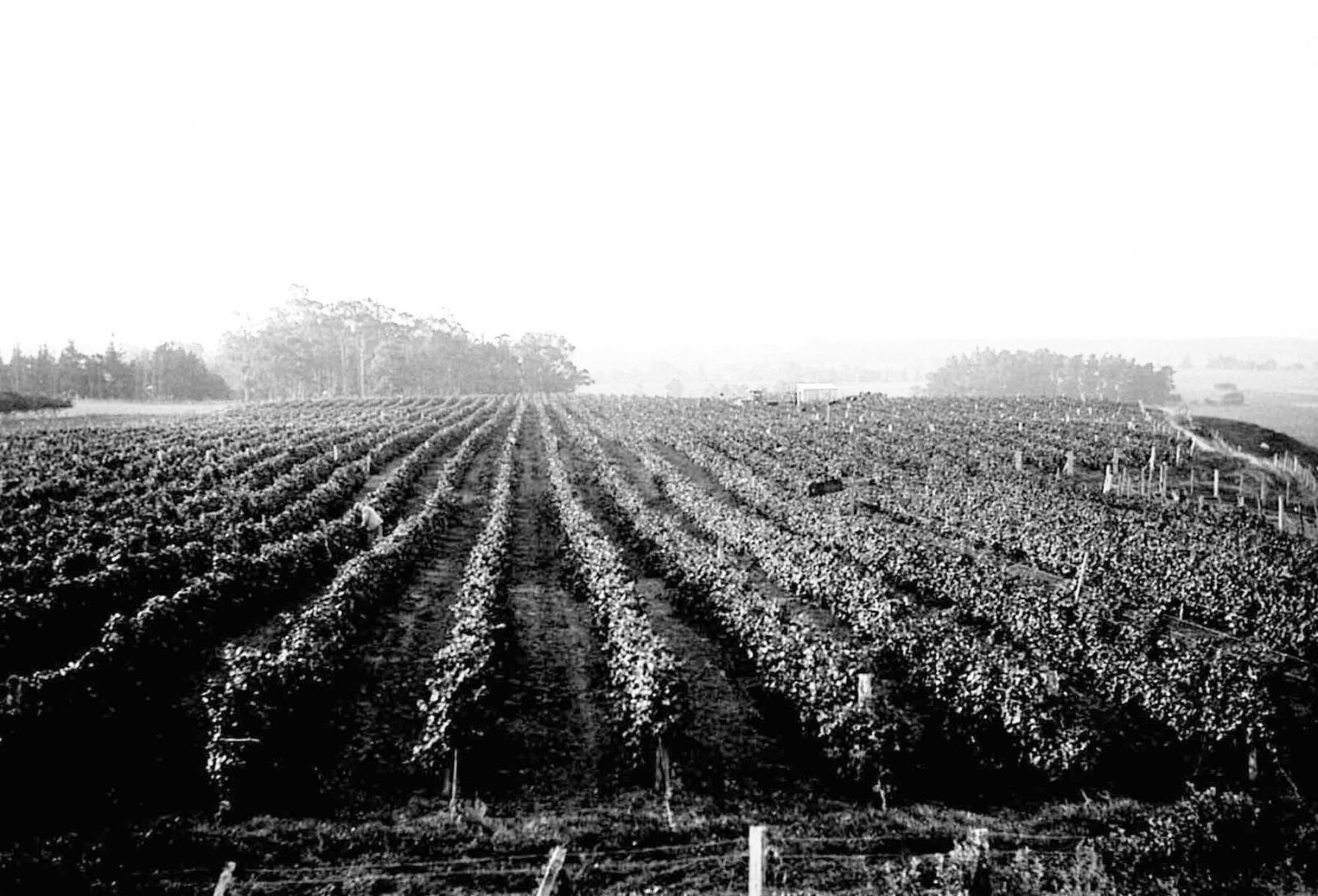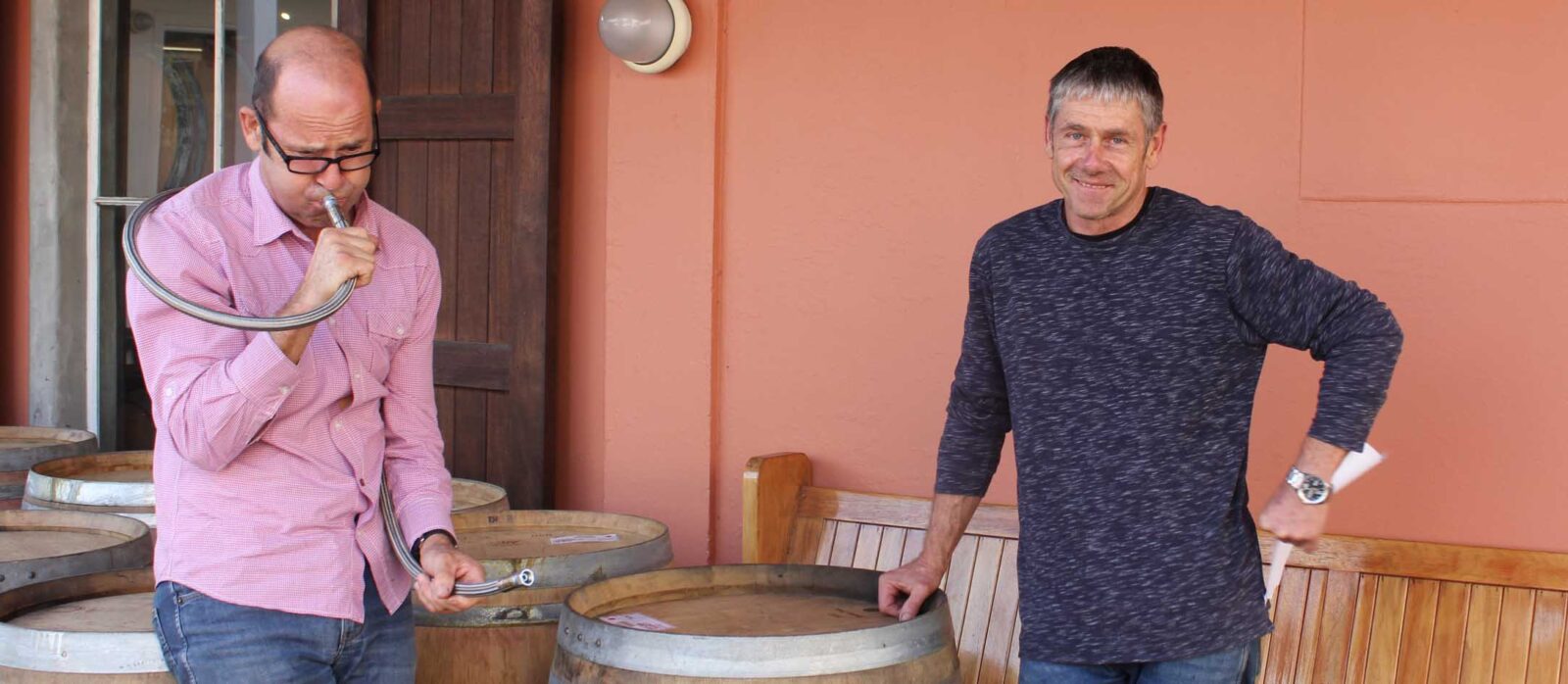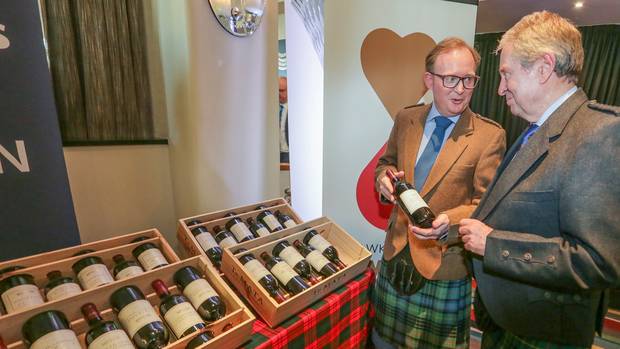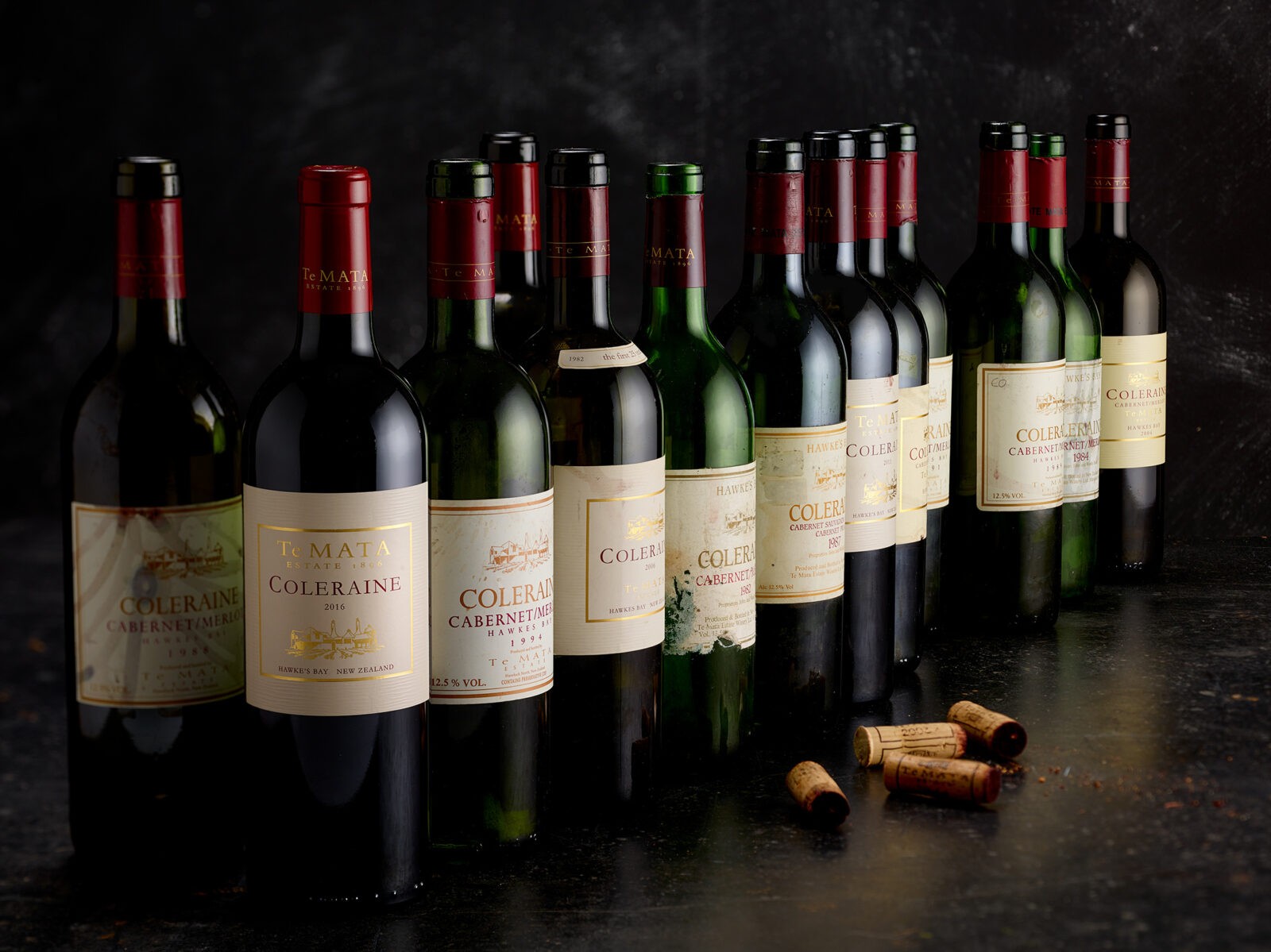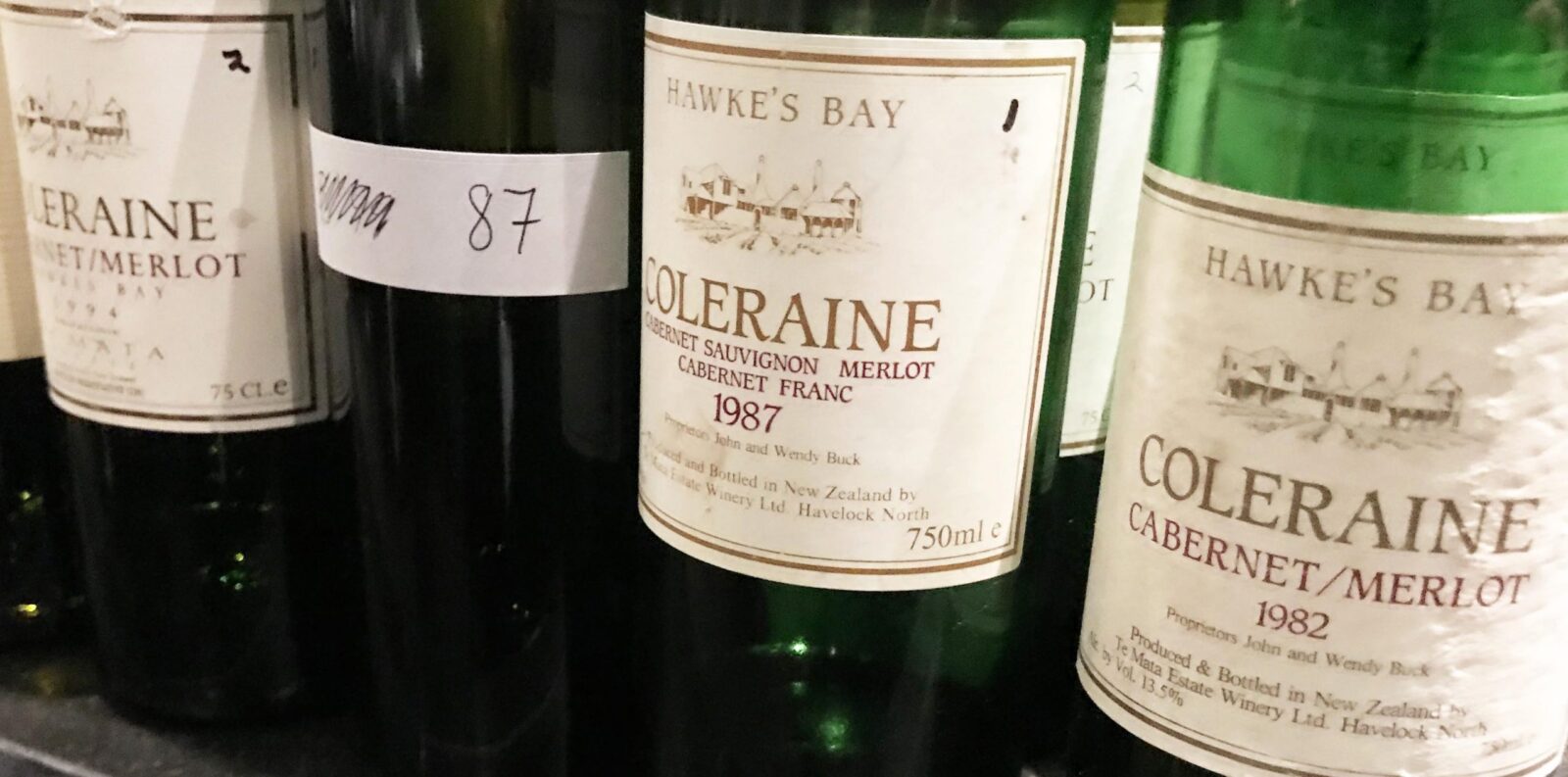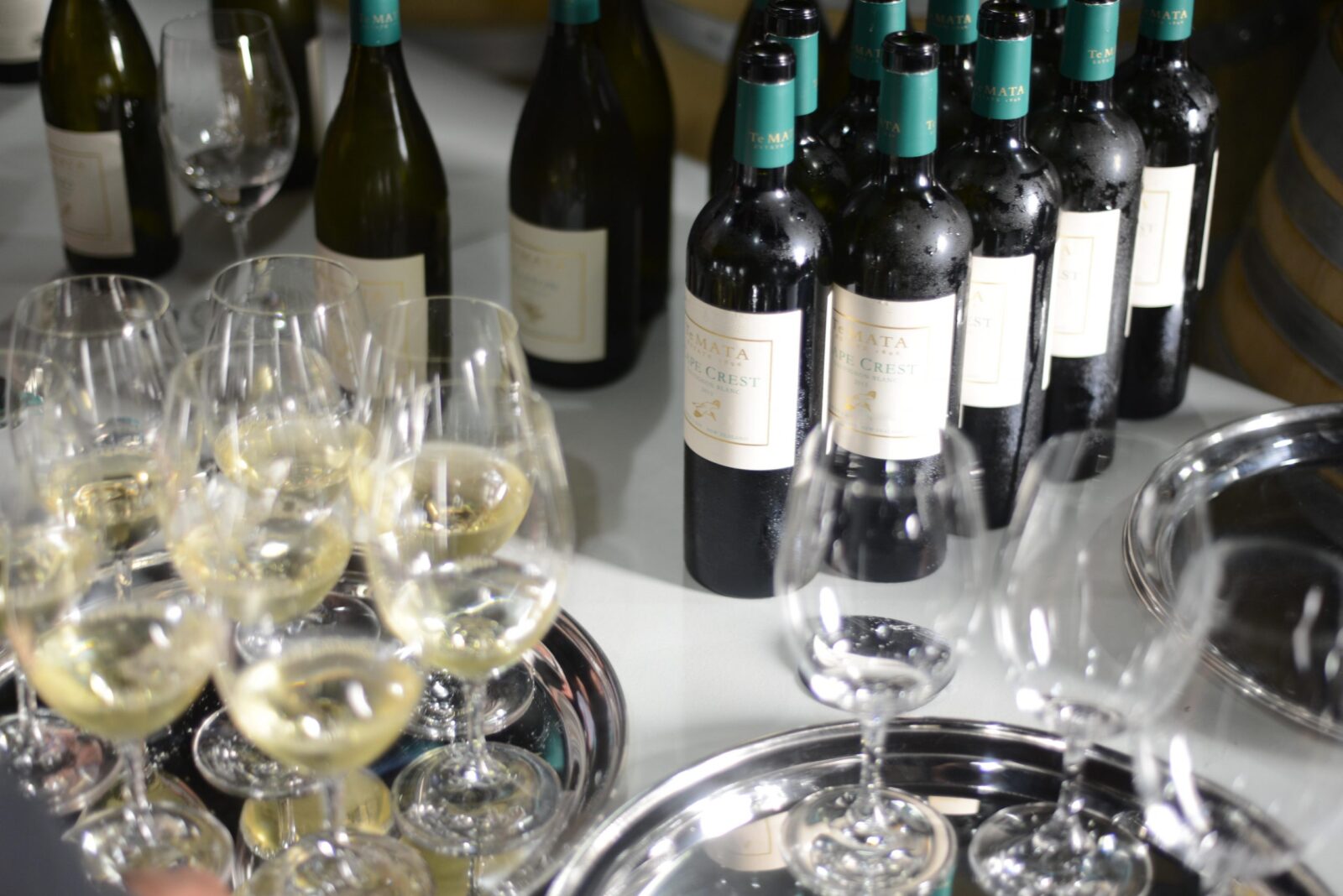2019 was a warm, dry, easy grape-growing season that has produced some of our most exciting results yet. We’re excited to get these out. Time will tell, but this could be one of our best.
Spring
Average winter rainfall and 100mm of rain early September ensured plenty of soil moisture going
into the 2018/19 season. The rest of September, October and most of November were very dry.
Around 100mm of rain fell on the 25th and 26th of November. Three mornings around zero degrees
in both September and October were a worry but only slight frost damage occurred in one
vineyard. November warmed up nicely and heat summation by the end of the month was average
for spring.
Budbreak was early as was flowering which was about 10 days early and finished by early
December. Two cool days late November affected flowering in some chardonnay and merlot
reducing the crop a little.
Summer
December was warm with many days around 25 degrees and a few closer to 30. Conditions were
dry until 100mm of rain fell over Christmas wetting up soils. Soils were drying nicely and the driest
parts of some vineyards were receiving irrigation when another 90mm of rain fell between the 14th
and 16th of January. The rain events early to mid-summer were not ideal but they came with cooler
weather, passed quickly and were followed by warm and dry conditions.
No further rain fell in January and the month was very warm with 10 days around or just over 30
degrees. Nights were warm. Heat summation for the year to the end of January was 90 degree days
above average which is significant.
Vineyard soils dried out quickly late January driven by favourable weather and big, healthy vine
canopies. Veraison (colour change) was under way early in most blocks in the first week in
February and strangely, was led by Syrah which is normally later than other varieties. February was
very warm and dry until the 24th when a southerly storm produced 40mm of rain which dried out
quickly in strong cool winds. By this time all shoot growth had stopped due to water stress and
the drier vineyards needed irrigation.
Autumn
March began and ended with a few cooler days but most highs were a very warm 25 to 30 degrees
and the only rain was 15mm from a few showers around the 9th of the month. We harvested
Sauvignon Blanc and Chardonnay between the 14th and 22nd well ripened and in very good
condition. Warm nights contributed to low malic acids in the grapes and reduced the number of
dews we experienced. Soils continued to dry giving the vital stress conditions necessary to
maximise colour, flavour and tannin concentration in red varieties. We noted some lovely flavours
developing in Merlot grapes early, in the last week of March.
April temperatures were variable with some cooler periods amongst warmer days and mild nights.
It remained dry with only one showery day holding up picking. Red varieties were picked almost
every day from the 25th of March until finishing on the 14th of April. The dry, settled weather
enabled all blocks of grapes to be picked at ideal ripeness in a more leisurely fashion than is usual.
Summary
Vintage timing, all season ran 1-2 weeks ahead of our long term average. Crop levels were normal
in size. Good early soil moisture and warmer than average temperatures created big grape canopies
that promoted good ripeness and helped dry out soils after early summer rain. These rain events
were too early for botrytis concerns and the small amount of rain later in the season was short in
duration and dried quickly in favourable weather. Variously warm, cloudy or windy nights, mid
and late season lead to very few light dews and no fogs contributing to the luxury of negligible
botrytis pressure. Monthly heat summations were mostly above average with January being well
above average. Between the mid-January rain and the end of picking in April only 70mm of rain
fell which is less than half the long term average. 2019 was a warm and dry season. Apart from
extra trimming of early season growth this was an easy grape growing season.
White grapes were picked at good sugar levels and in very good condition. The young wines exhibit
ripe stone fruit and citrus aromas and flavours and impressive palate weight.
Red grapes were ripened to perfection and the wines show excellent flavour, colour and tannin.
2019 is a very good vintage. Time will tell if it is amongst our best.
Rainfall
Sept 206mm, Oct 29mm, Nov 56mm, Dec 95mm, Jan 78mm, Feb 49mm, Mar 19mm, Apr 45mm
Heat Summation
1571 degree days to the end of April. 1513 to the last day of picking
Download the full technical report from Senior Winemaker Peter Cowley here…
